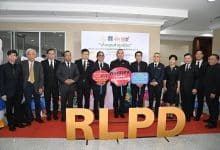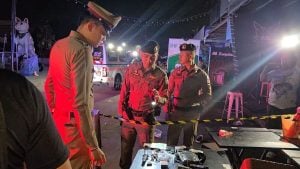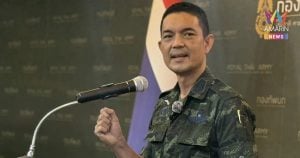Diversity in the LGBT Spectrum
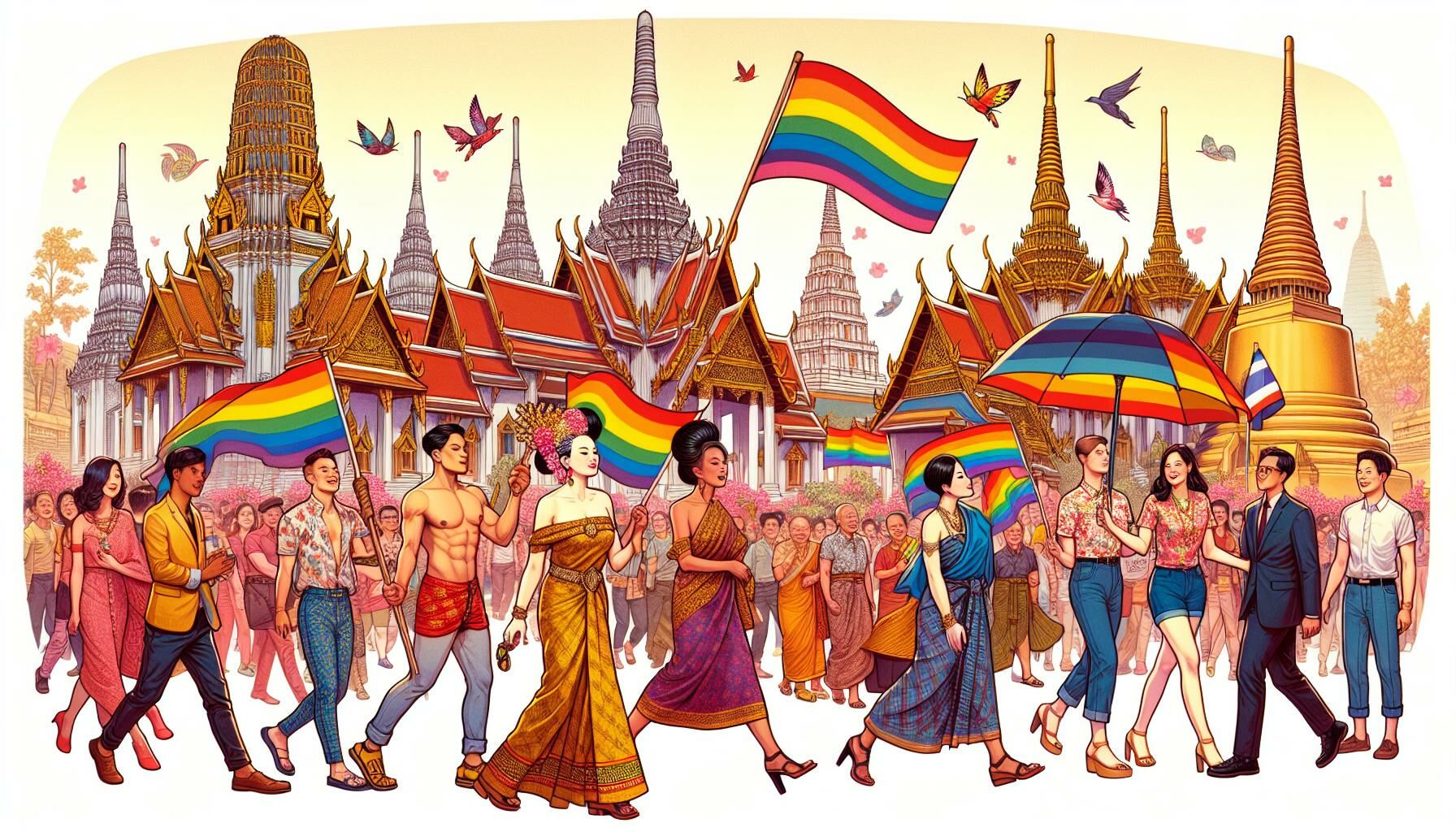
The LGBT Spectrum is like a colourful quilt of identities and experiences that stretch way beyond just lesbian, gay, bisexual, and transgender. At the heart of it, this spectrum includes everything from asexual and intersex to nonbinary and so much more. It’s all about making sure everyone, no matter who they are or where they come from, feels supported and seen.
LGBT disverse spectrum
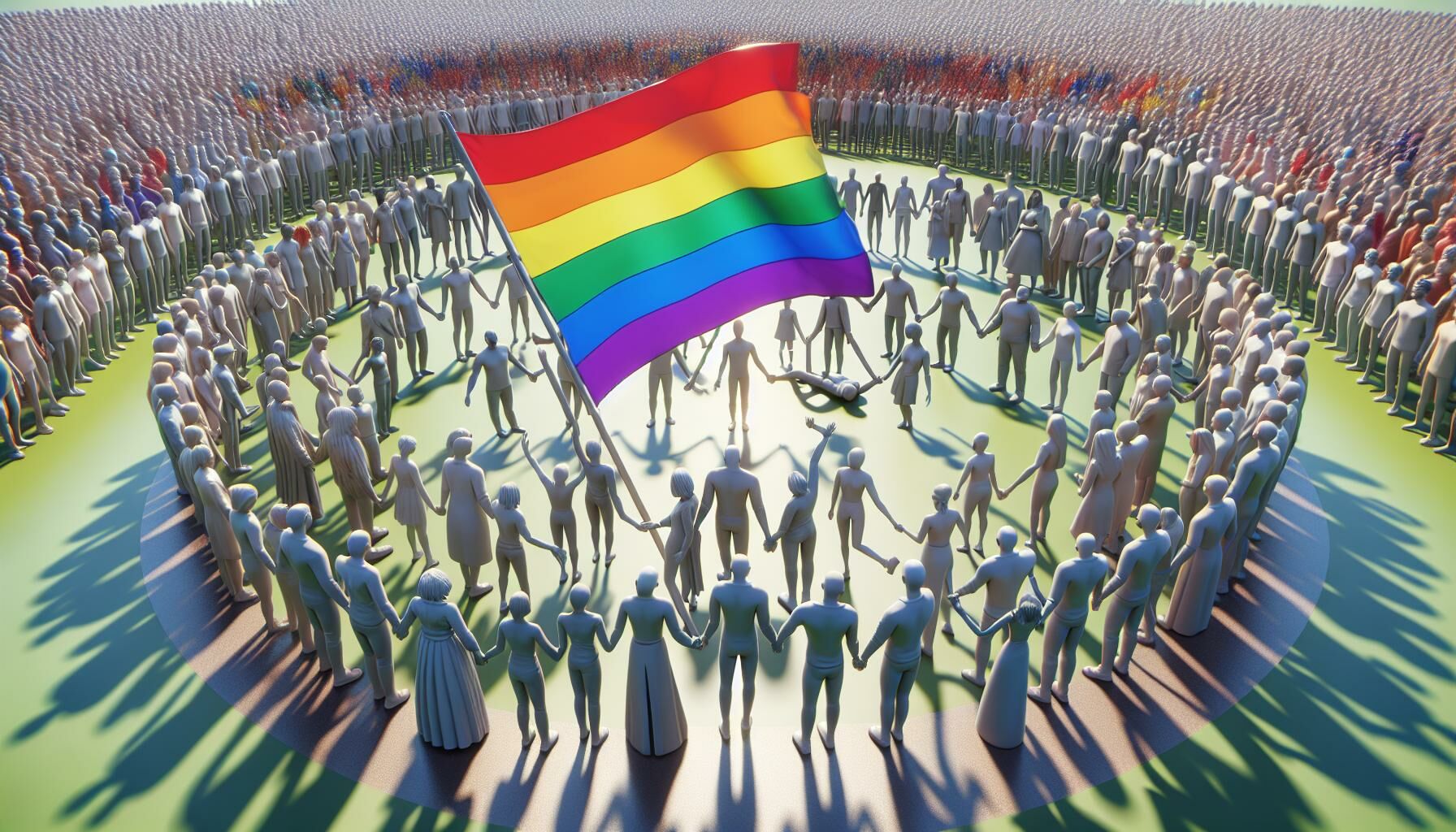
Pansexual
Pansexuality is when someone feels attracted to people no matter their gender. This means they can be into guys, girls, nonbinary, and anyone else in the LGBT spectrum.
Getting the word out about pansexuality helps everyone get a better grip on the different experiences and identities in the LGBT community. Pansexual sometimes face some unique hurdles, like the myth that they’re attracted to literally everyone. These mix-ups are a lot like the misunderstandings other LGBT identities deal with.
Supporting and acknowledging pansexual people helps make things more inclusive and promotes a more accepting vibe overall. When we understand the different nuances of sexual orientations, the whole community becomes a friendlier place for everyone.
Non-binary and genderqueer
Non-binary don’t see themselves strictly as male or female and step outside the usual gender binary setup. They’re not boxed into traditional ideas of being masculine or feminine, making them a unique part of the LGBT crew.
Genderqueer is a gender identity that rejects the traditional binary of male and female. It offers a flexible approach to gender expression, often blending or moving beyond these categories. People identifying as genderqueer don’t exclusively see themselves as male or female. Instead, they may feel that their gender falls somewhere in between or outside entirely.
Some genderqueer individuals use terms like nonbinary, genderfluid, or agender to describe their experiences. Nonbinary might indicate a mix of masculine and feminine traits. Genderfluid people may feel their gender changes over time. Agender means having no gender at all.
Gender expression for genderqueer individuals can vary widely. They might combine elements traditionally associated with different genders. They often challenge societal expectations by mixing clothing, mannerisms, and roles that don’t align with traditional norms.
Intersex
Intersex is a catch-all term for a bunch of natural body differences that don’t quite fit the usual male or female categories. These can be things like unique chromosome setups, hormone levels, or physical traits inside and out. Lots of intersex might have a mix of male and female features or traits that don’t match what society typically expects for male or female.
Did you know intersex people are more common than most people realise? Despite this, society often ignores them, which means there’s not much talk about intersex issues. Some figures say about 1 in every 1,500 to 1 in 2,000 births have visible intersex traits. One major problem they face is surgeries in early childhood aimed at making their bodies fit societal expectations. These operations can be pretty harmful and usually happen without the person’s consent.
Demisexual
Demisexuality is a type of sexual orientation that falls under the asexual umbrella. Any who are demisexual only feel sexually attracted to someone when they’ve built a strong emotional connection. Basically, they need that deeper bond for any sexual attraction.
Most demisexuals don’t feel sexual attraction as often as most people. Some might not be that interested in sex at all. This unique way of experiencing attraction really shakes up the usual ideas about sexuality and adds more depth to the range of identities in the LGBT community.
Demisexuals can also vibe with romantic orientations like gay, bi, lesbian, or queer. They might switch up the terms they use as their feelings and relationships evolve. Assuming everyone is straight or follows traditional romantic behaviors can sideline demisexual. By acknowledging and respecting demisexuality, we make society more inclusive.
Grey-asexual
Grey-asexual, also known as graysexual, represents individuals who fall somewhere between asexual and sexual on the attraction spectrum. It’s a broad term that encompasses various experiences. People identifying as grey-asexual may occasionally feel sexual attraction or experience it under specific circumstances.
In the LGBT world, grey asexuality gives us a deeper understanding of sexual orientations, shaking up the usual black-and-white views. For whom identify this way don’t really fit squarely into being asexual or sexual, making their identity pretty unique.
Grey-asexual might also use terms like demisexual or recipromantic. Demisexual people, for instance, don’t feel sexual attraction right away but might develop it as they get emotionally close to someone.
Using the term grey-asexual helps acknowledge and respect these varied experiences, boosting inclusivity within the LGBT community.
Grasping what grey asexuality means is key to a full understanding of the LGBT spectrum. It leads to better acceptance and support for those whose attraction experiences aren’t the same as mainstream ideas.
Asexual
A person who is asexual often go by “ace.” Asexuality covers a bunch of different personal experiences and expressions. Some asexual might like having sex even if they don’t feel sexual attraction, while others might be totally turned off by the idea. Some are into solo activities like masturbation. Not feeling sexual attraction doesn’t mean they lack romantic desires, though. A lot of asexual people still get into romantic relationships, but their experiences can be really different from one another.
Asexuals and aromantics played a huge role in coming up with the Split Attraction Model. This model separates sexual attraction from romantic attraction. For instance, someone might like certain types of romantic relationships but have no sexual desire. This model isn’t just for asexual people; it covers a wider range of the lgbt spectrum too. Recognizing the Split Attraction Model highlights just how diverse experiences with sexual and romantic attractions can be.
Genderfluid
If you’re genderfluid, you might feel like expressing yourself as masculine one day, feminine the next, or somewhere in between. This fluid way of experiencing gender is really personal and ever-changing.
People who are genderfluid shake up the usual ideas about gender. Their identities are on a spectrum, showing just how diverse the LGBT community is. It’s super important to respect and support their chosen identities and how they express them.
The idea of fluidity is important. Unlike fixed identities, fluid ones can shift depending on the situation or how someone feels. This fluid aspect is a big deal in the LGBT community, really pushing for inclusivity and diversity.
Backing up genderfluid means getting it and accepting them. Use the pronouns and names they prefer. Acknowledging what they go through helps make things more inclusive for everyone.
Awareness and education about gender fluidity contribute to societal acceptance. As people learn more, acceptance grows, and so does support for all identities on the LGBT spectrum. Each person’s journey is different, reflecting the rich tapestry of human identity.
We are always supportive of love and equality and If you are looking for a sex reassignment surgery with good promotion during this pride month. We would love to recommend you visit ‘Bangkok Pride 2024: embracing gender identity with MyMediTravel’s sex reassignment surgery offer.’
Latest Thailand News
Follow The Thaiger on Google News:

